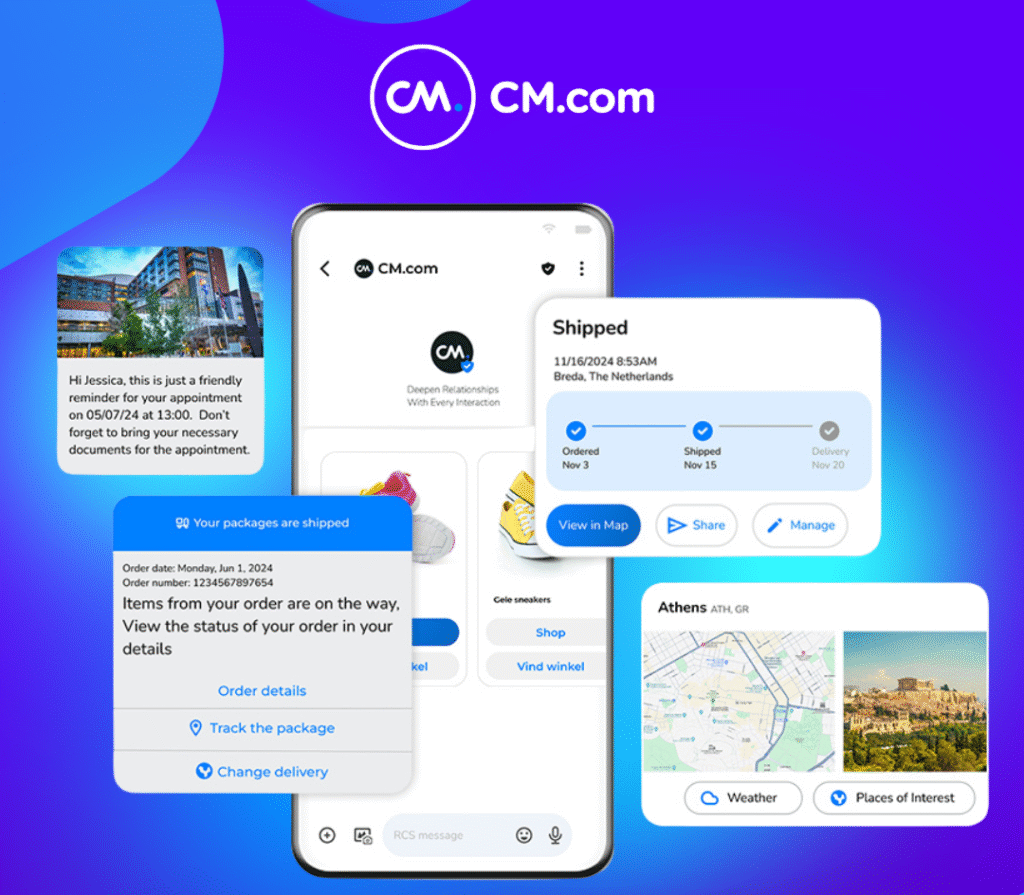Selecting an AI platform isn’t a one-time decision—it’s a transformation journey. For U.S. businesses, success means aligning strategy, capabilities, and execution from day one. This guide walks through the full lifecycle: from platform choice to operational excellence.
1. Define Business Objectives
Start with “why.” What outcomes are you targeting?
- Faster customer service resolution
- Conversational marketing and sales
- Self-service commerce
- Lower cost per interaction
Anchor every AI platform decision in business KPIs—like NPS improvement, conversion lift, or cost reduction. The clearer your objectives, the easier it is to measure success and secure stakeholder buy-in.
2. Build the Right Team
AI isn’t a solo sport—it’s cross-functional by nature. Your team should include:
- Business leaders who define vision and ROI
- Ops/product owners to run use cases
- Tech leads to integrate and extend
- Compliance/security to uphold governance
- AI/ML experts to optimize and evolve the system
Everyone must know their role, escalation path, and shared goals. U.S. companies especially benefit from structured accountability across departments.
3. Establish Evaluation Criteria
Before you evaluate vendors, define your scorecard. Common criteria include:
- Speed to launch
- Ease of use (especially for non-technical users)
- Omnichannel support (SMS, chat, voice, messaging)
- Integration depth (CRM, commerce, APIs)
- Governance + auditability
- Scalability across regions or brands
- Cost structure (usage-based, tiered, etc.)
- Compliance + security (CCPA, SOC 2, data encryption)
Score each vendor against these and weight based on your business goals.
4. Run a Pilot, Measure Outcomes
A pilot helps turn theory into traction. Choose 1–2 use cases (like order status or return automation) and run a short sprint (4–8 weeks).
During the pilot:
- Track hard metrics: resolution rate, deflection, satisfaction
- Gather user and agent feedback
- Stress test integrations and fallback paths
- Identify escalation gaps and handoff issues
Use the pilot to prove value, adjust strategy, and gain internal momentum.
5. Governance, Monitoring & Scaling
AI success is a moving target. Post-launch, focus on:
- Governance: Role-based access, logs, audit controls
- Monitoring: Alerts for drift, errors, and fallback spikes
- Feedback loops: Let business users refine behavior without code
- Cadence: Monthly/quarterly update cycles
- Scale plan: Expand use cases, add channels, connect new systems
AI maturity doesn’t come from more bots—it comes from smarter systems.
6. Change Management & Adoption
The tech is powerful. But without adoption, it fails. Prepare your org:
- Train internal teams
- Align expectations with customer-facing roles
- Recruit change champions across departments
- Communicate with customers: “We now offer 24/7 automated support”
AI is cultural as much as technical. Change management is your adoption engine.
7. Review & Iterate
Quarterly, ask the tough questions:
- Are agents achieving their KPIs?
- What should we scale, pause, or replace?
- What feedback loops aren’t closing?
A mature AI program doesn’t stagnate—it evolves. Use data and feedback to build momentum, not just maintain it.
Final Thoughts
Choosing the right AI platform isn’t about checking boxes—it’s about aligning people, processes, and performance. For U.S. companies seeking more than just “chatbots,” HALO offers a modern foundation:
- No-code agent framework
- Omnichannel reach
- Seamless link between marketing, commerce, and service
With the right strategy and execution discipline, your AI platform won’t just support CX—it will transform it.
Curious how this journey compares globally? See the original blog on CM.com for additional insights.


